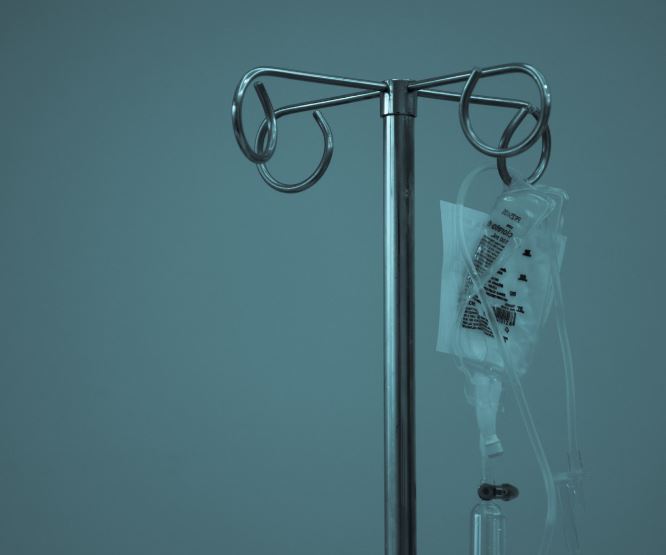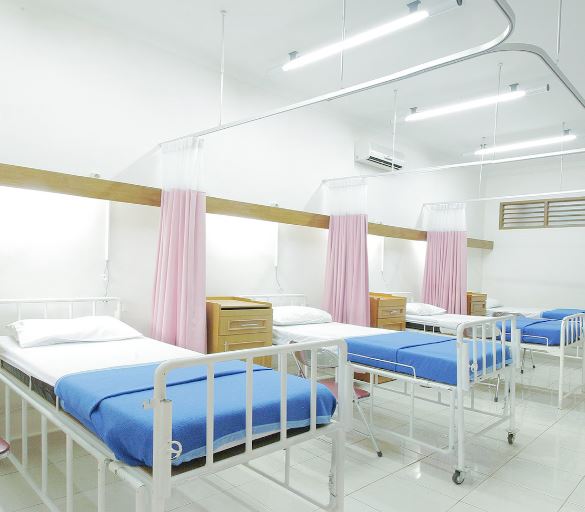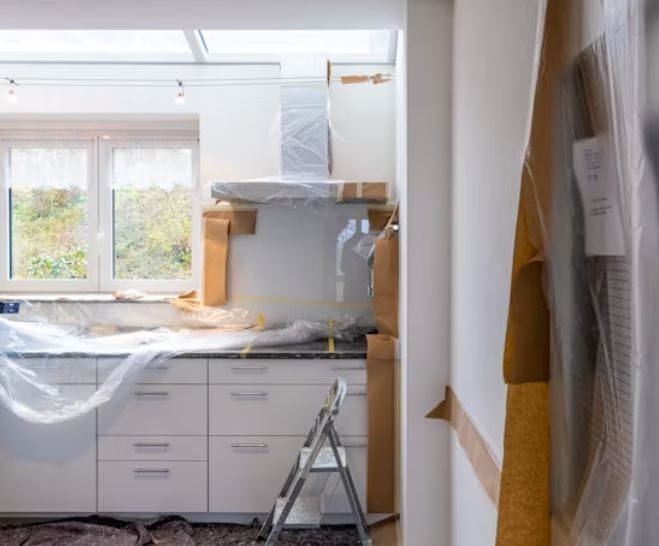Important Aspects of a Comfortable and Clean Hospital Environment

There are very few people who enjoy extended stays in hospitals. When you consider the condition of most American hospitals, it’s not hard to see why. Not only can it take hours to actually see a doctor, but you often have to sit amongst crowds of sick people, which increases your risk of leaving with something new.
If you are a manager or stakeholder in a hospital, your priority should be doing everything you can to improve the patient experience. A better patient experience will boost your hospital’s reputation and attract better reviews. Read on to find out how you can cultivate a comfortable and clean hospital environment, so patients have nothing but positive things to say.
Comfortable Chairs
The first thing you need to do if you are redecorating the hospital you work in or manage is to invest in comfortable chairs. It can be difficult choosing chairs for a hospital setting because you have to find a mix of comfort, professionalism, and durability. Make sure to work with a trusted hospital furniture supplier. Always read a vendor’s reviews before you buy their products, so you can be sure they are the right choice for you.
Proper Ventilation
Proper ventilation is essential. Many people who visit your hospital’s ER will have respiratory tract infections or viruses, which means they can easily spread their germs to other people. By investing in a high-quality ventilation system, you will be able to limit viral or bacterial transmission and keep people who visit your hospital safe. Also, ask patients to wear masks if they show signs or symptoms of a viral infection.
Thorough Sanitation
Hospitals need to be cleaned on a daily basis. Allowing a hospital to go even a day without a deep clean can lead to serious infections like MRSA spreading. Make sure you have an in-house cleaning team that walks around the building cleaning up. If they are constantly cleaning, it will be impossible for germs to establish a stronghold and put patients’ lives at risk. Make sure wards with vulnerable patients are given special attention.
Adjustable Beds
Going back to equipment, you need to make sure the beds in your hospital are fully adjustable. This is so that patients aren’t made to feel uncomfortable when they have to stay for prolonged periods. Adjustable beds are widely available and while they are expensive, they offer good value for money. Try to buy digitally adjustable beds, so patients can adjust their beds themselves using remotes, instead of having to ask nurses to do it for them.
Calm Atmosphere
A calm atmosphere is very important. Nobody is going to want to stay in your hospital if it is chaotic. Of course, your ER ward isn’t necessarily an area you can calm down, but other wards can be transformed into tranquil places of rest and relaxation. A good way to make hospital wards feel more relaxed is to paint them with soothing colors and give patients the luxury of their own televisions or portable computers.
Sufficient Lighting
Anybody who has ever been to a hospital before knows how annoying the typical bright lights used in hospitals can be, and how irritating they can be on the eyes. While you need to make sure your hospital has sufficient lighting, try to make sure you choose a lightbulb color that isn’t going to hurt patients’ eyes. For wards, invest in amber lamps, so patients can relax and don’t have to worry about migraines from the lights.
Accessible Bathrooms
Accessible bathrooms are very important. The last thing you want is for your hospital to be unfriendly or unwelcoming to the disabled or people with mobility issues. Make sure that each and every bathroom is equipped with handrails and a panic cord. These cords are attached to alarm systems and hang from the ceiling, allowing patients to pull them and get help in the event they injure themselves.
Clutter-free Spaces
One of the worst labels that can be attributed to your hospital is ‘cluttered.’ Nobody is going to want to visit if it is cluttered, especially on wards with vulnerable patients staying on them. Clutter will make your hospital seem unhygienic and uncomfortable. People who’re admitted to hospital wards want to feel relaxed, not claustrophobic. With that in mind, make sure rooms are spacious and give people room to breathe.
Biohazard Management
Biohazards are unavoidable in hospitals. However, it is how you manage them that determines what your hospital is really like. Make sure you have containment measures in place in case anybody comes in with a highly contagious or rare virus. Make sure that, in addition to containment measures, you have staff who are properly trained in biohazard cleaning on call 24 hours a day.
Hygiene Stations
Hygiene stations should be available throughout your hospital. This is so that people can clean their hands and even faces if they have been exposed to germs and bacteria. Installing hygiene stations can help to limit the spread of infectious diseases and keep both patients and employees healthy. Antibacterial gel stations should also be available all over your hospital’s complex.

Proper Security
It isn’t unusual for patients who are under the influence of drugs or alcohol to become abusive towards hospital staff. You need to make sure you have proper security measures in place, so such individuals are swiftly and effectively dealt with. Also, make sure staff have access to panic alarms. Make sure you hire the most qualified and experienced security personnel that you can.
Temperature Control
The hospital you manage needs to be kept at a comfortable temperature at all times. The worst thing you can do is allow it to get too cold or too hot because this can negatively impact the lives of patients who are already very sick, and as a consequence, very uncomfortable. A proper HVAC system will help you to ensure your hospital wards are kept at a comfortable, safe temperature.
Managing a hospital can be difficult. Designing one can be even more so. If you are planning on redecorating your hospital, consider the points made here. By factoring them into your renovation project, you will be able to transform your hospital into a relaxing, comfortable space for patients.







